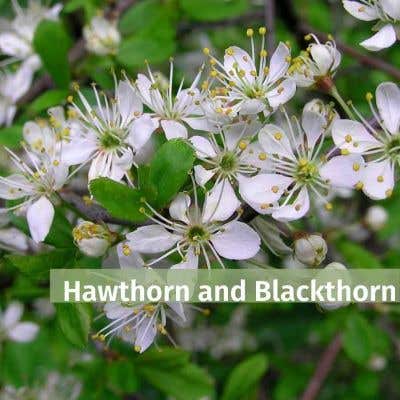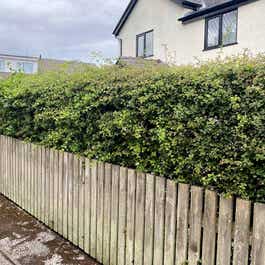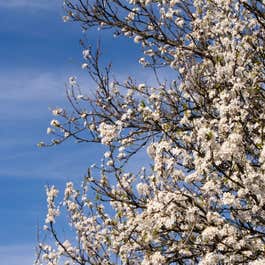Whether you want to attract hedgehogs, honey bees, birds or butterflies to your garden, Hawthorn hedging and Blackthorn hedging are two species that offer endless wildlife value in the form of food, habitats and nesting sites.
Both of these wildlife friendly hedge plants create a natural aesthetic and are very low maintenance; an annual prune is all it takes to keep them looking good. If you do want to create a more formal shaped hedge, you can use alternate pruning to give a neat finish whilst maintaining the wildlife benefits; trimming one side of the hedge one year and the other side the next allows fruit and flowers to grow on the uncut side. And, although Hawthorn and Blackthorn are deciduous, the dense branches provide some cover for wildlife in all seasons.
1. Hawthorn
Hawthorn is recognised as one of the very best hedges for wildlife as it can support over 150 different species of insects. Native throughout Britain, Quickthorn as it is also known, is suited to a variety of different planting sites and conditions including dry soils and coastal gardens, so is ideal for any wildlife garden. It has a fast growth rate, making it a great choice if you’re looking for a quick growing hedge which can reach up to 5m high, forming a dense windbreak perfect to provide shelter for the more vulnerable plants in your garden.
When it comes to wildlife, Crataegus Monogyna is a diverse hedging plant with something for everyone. Birds such as Thrushes and Dunnocks can be found nesting in the thorny branches whilst Blackbirds, Greenfinches and Starlings would rather feast on the juicy red fruits that appear in autumn. Bees, butterflies and other pollinating insects adore the lightly fragranced flowers that bloom in May as they provide an abundance of nectar and pollen.
Hawthorn bushes also support wildlife such as the wood mouse, common toad and moth caterpillars that feed on the foliage, again proving what a fantastically diverse species it is.
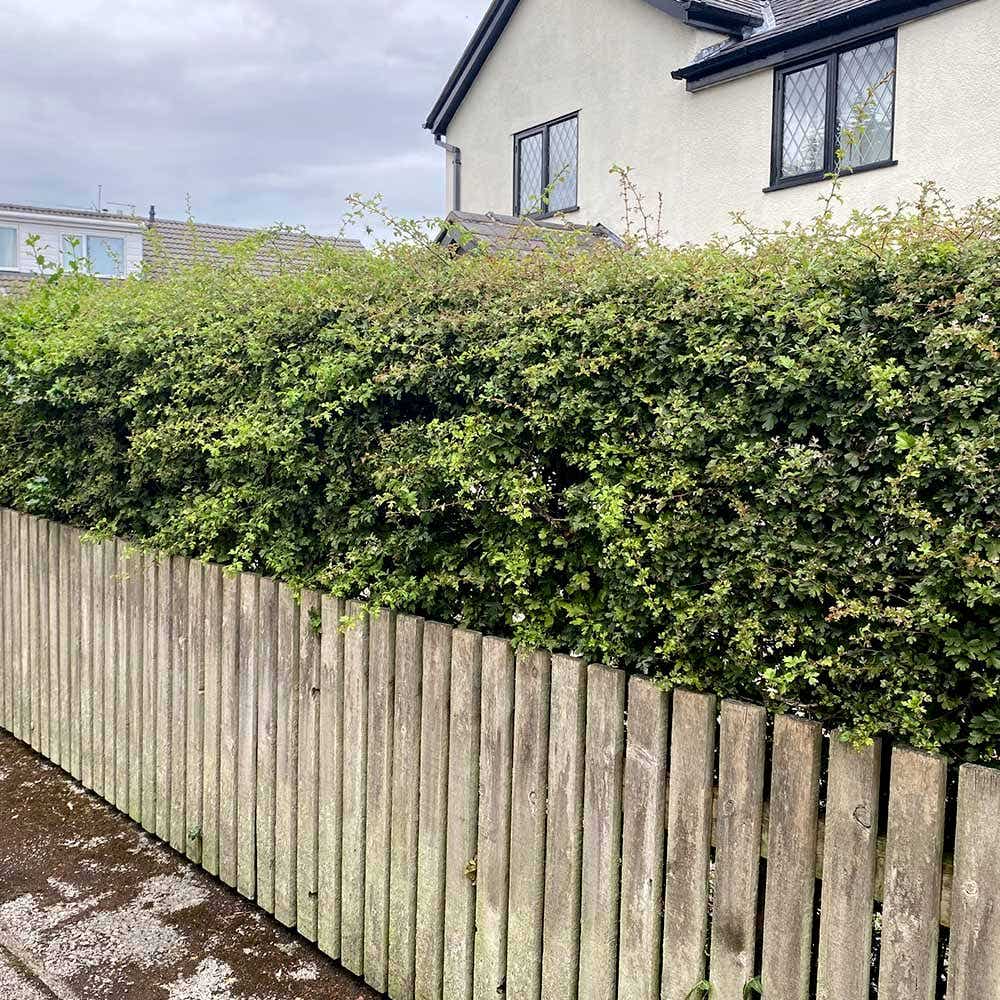

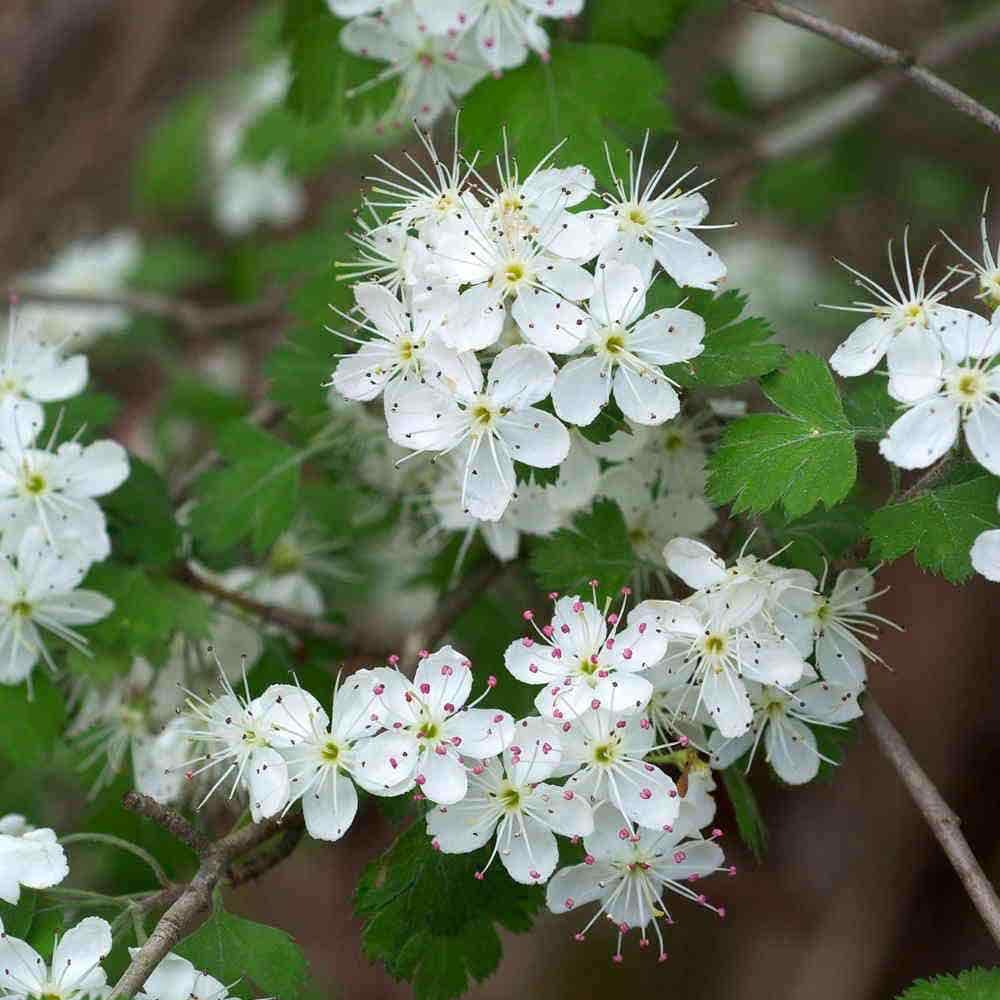

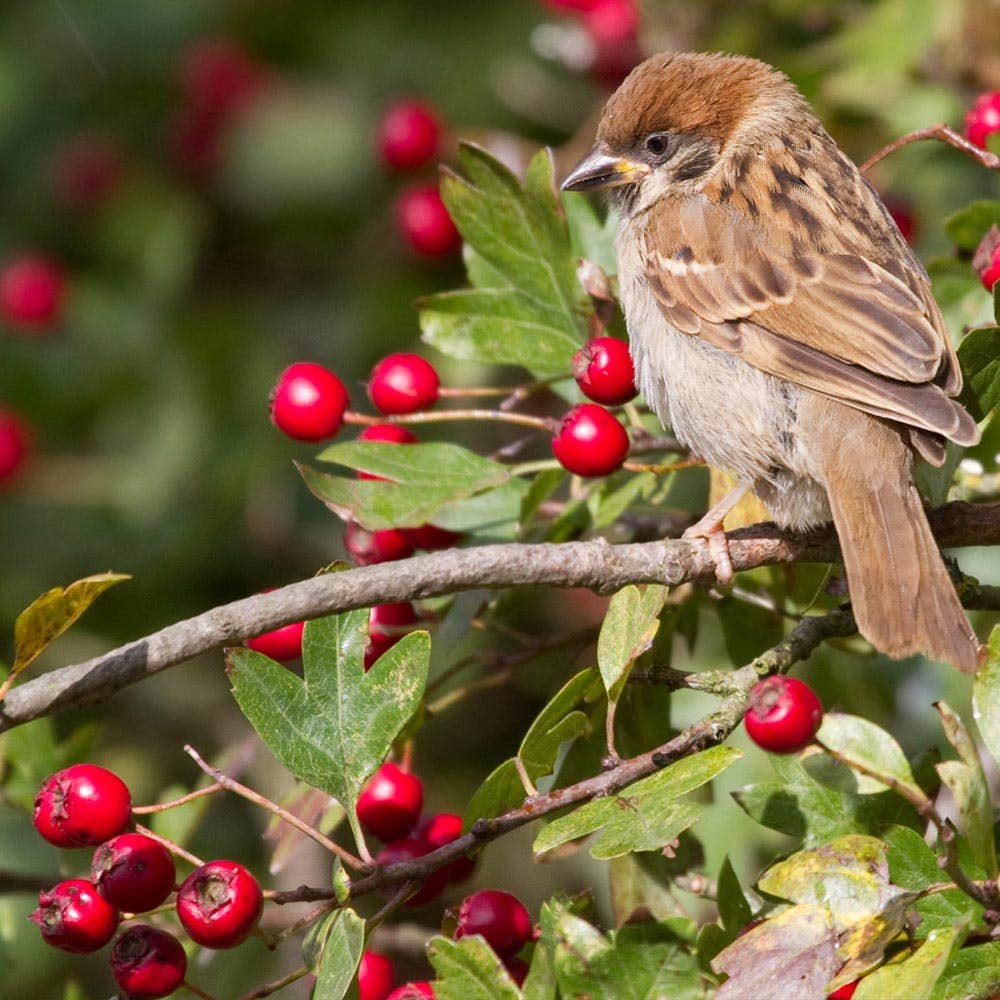

2. Blackthorn
Prunus spinosa offers flowers, foliage and fruits that have numerous benefits for a huge array of wildlife. This native species is suited to hedges with a height between 1m-4m and has a fast growth rate, perfect to create a striking hedging feature without the wait. Blackthorn can tolerate various planting positions and levels of sun exposure, and thrives in most soils so you don’t have to worry about having the perfect conditions in your garden for this wildlife friendly hedging plant to succeed.
Similar to Hawthorn, Blackthorn has thorny stems which create a secure shelter for birds even after the foliage has dropped, and the flowers are hugely attractive to bumblebees, honey bees and butterflies that enjoy the early source of nectar and pollen. The mid-green foliage makes a tasty treat for moth caterpillars and the blue sloes that emerge in late summer are a great addition to the normal diets of both Thrushes and Waxwings.
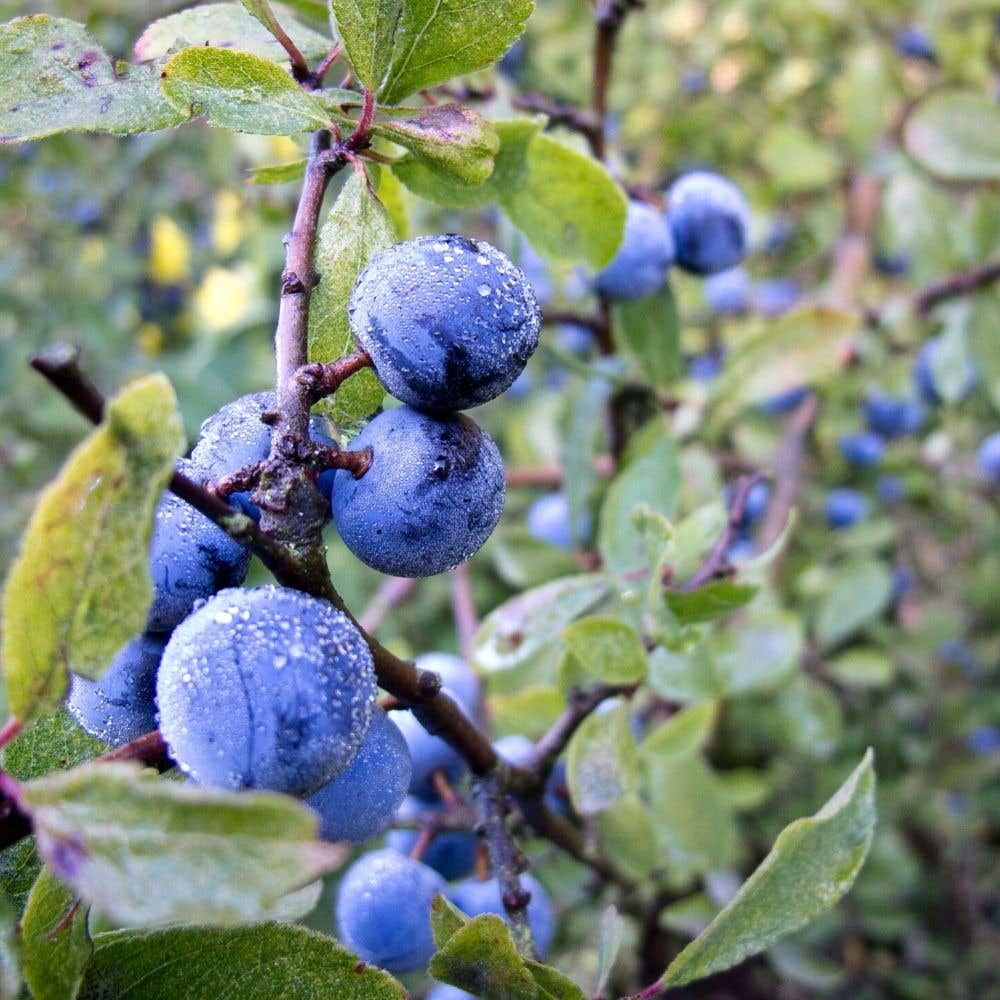

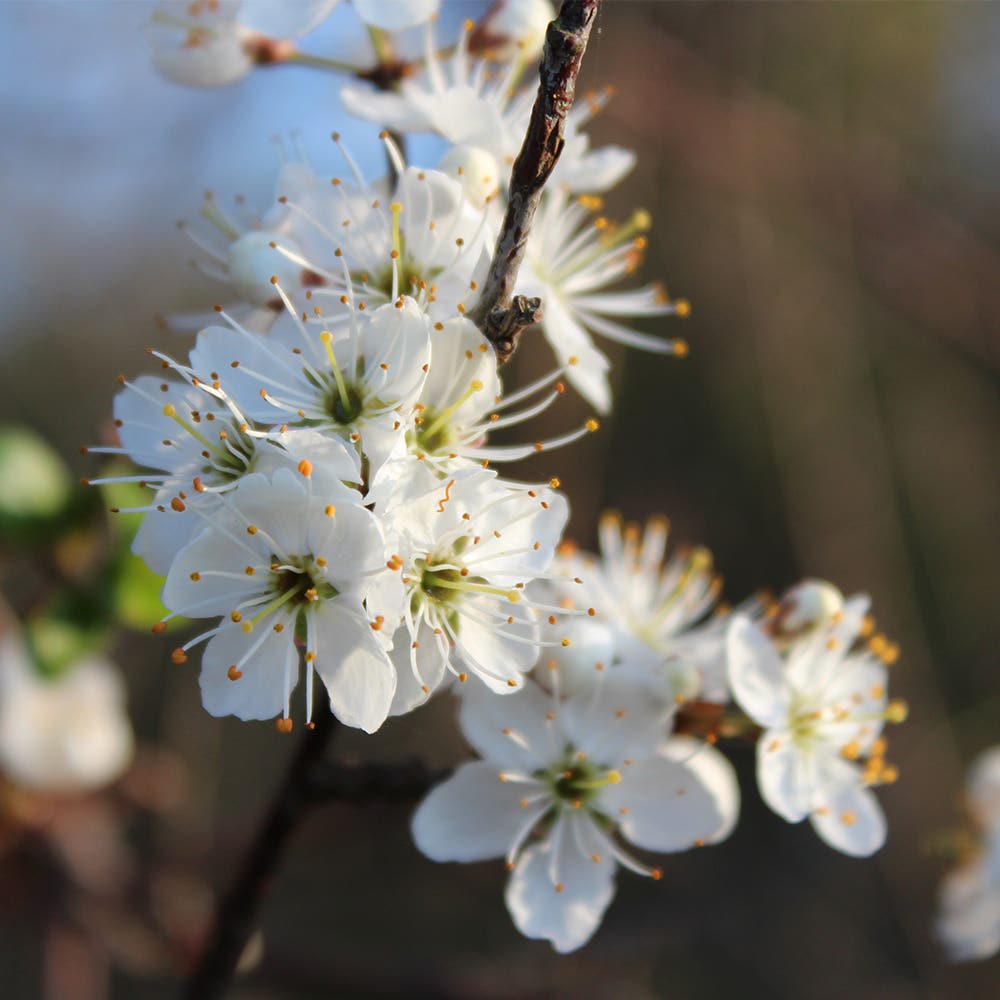

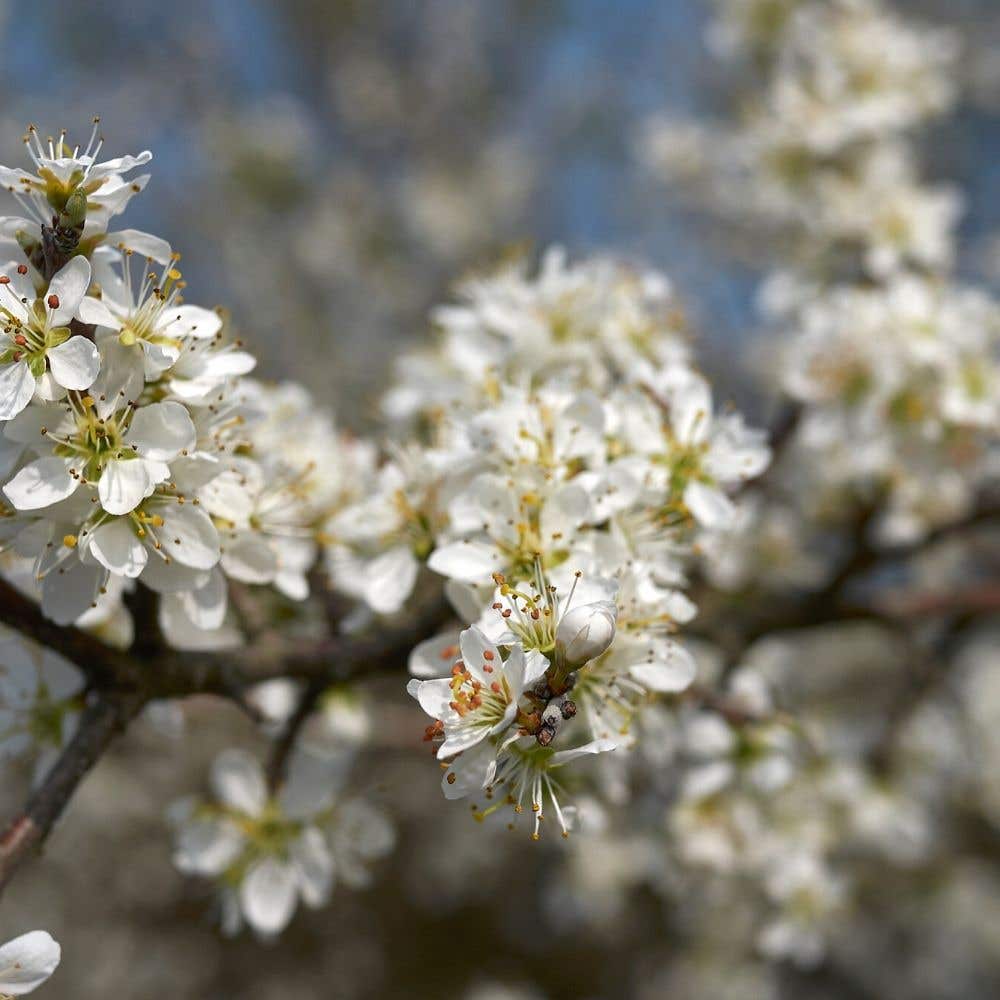

Shop Now
Our gardens can be an important support system for various wildlife species, particularly in winter, so it’s important that we do as much as we can to help them. You can start by planting a Hawthorn or Blackthorn hedge, or combining them to create a mixed native hedgerow that will support an even bigger variety of wildlife.
For more tips and advice on creating a wildlife friendly garden, take a look at our Facebook page.


